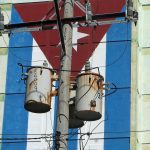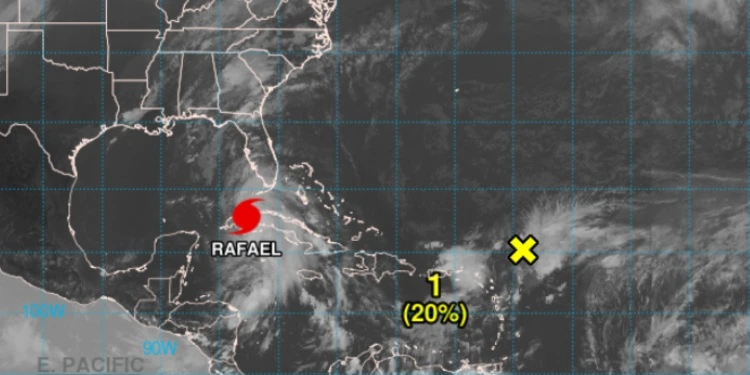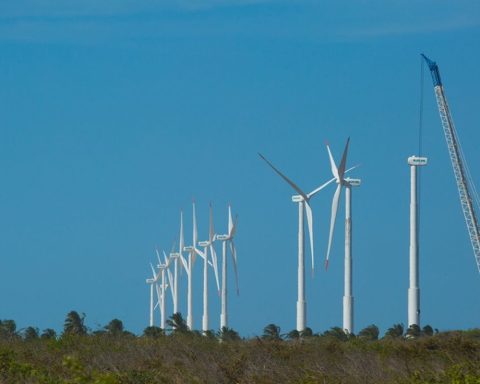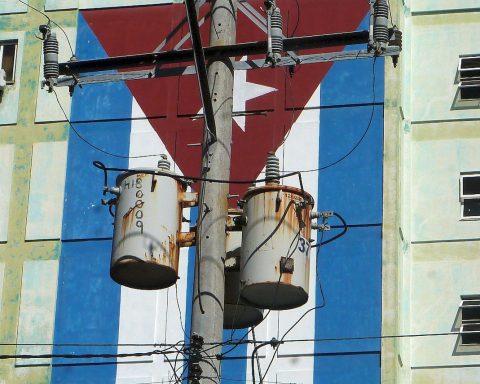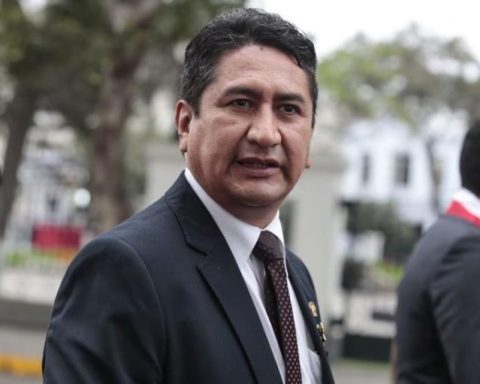The public health situation in Latin America and the Caribbean (LAC) due to tobacco consumption is leaving havoc, not only in this population, but in the world. According to data from the Organization for Economic Cooperation and Development (OECD), In 2021 more than 350,000 people died due to tobacco consumption and medical costs due to this factor can reach 1.5% of GDPevery year.
(Read: The places where the use of vaping devices was prohibited after the enactment of the new law)
According to a report by the Organization, the social and economic costs of tobacco consumption in the countries of the region exceed the income collected through taxes. For this, They propose a tax policy better designed to counteract the impact of consumption.
Analyzing the data, the OECD assures that a 2023 report concluded that current taxes on tobacco allow to recover 15% of economic losses in the regionHowever, when looking at the total costs, alarm bells go off, especially due to productivity losses due to premature death and disability, care and medical expenses.
(Read more: The country where those born since 2009 will never be able to smoke in their lives)
In detail, for Colombia total medical costs amount to US$1,709 millionwhile per capita spending is US$35. However, smoking occupies 9.7% of total health spending and about 0.6% of the national GDP.
The collection of excise taxes on tobacco consumption as a proportion of annual medical costs attributable to smoking in Colombia is close to 10%. With great differences in countries such as Chile, which reaches 79%, Argentina with 55% and Honduras with 52%..
(See: The departments where the highest consumption of illegal cigarettes is recorded)
Now, in the region currently, around 12% of the population of Latin America and the Caribbean consumes tobacco, the prevalence among men being three times higher than that of women.
Smoking
iStock
“Among the male population in this region, the highest smoking prevalence rates are recorded in Chile, where almost one in three men consumes tobacco (31%), followed by Argentina (29%). On the other hand, the lowest rates among the male population are recorded in Panama (8%).”says the report.
(See also: Countries analyze possible measures to regulate tobacco products)
Taking the discussion towards the region’s tax collection on tobacco, The OECD estimated that only in 2022 the territory had an average tax/GDP collection of 21.5%. Although in general, selective taxation for health, that is, for alcohol, tobacco and sugary drinks, is considerable among the different LAC countries. In Colombia it is close to 20%.
“Revenue from excise taxes on tobacco consumption tends to be lower than that from excise taxes on alcohol consumption. In LAC, excise taxes on alcohol consumption generate an average revenue of 0.24% of GDP, followed by excise taxes on tobacco consumption with 13% and on sugary drinks with 0.10%.“, they indicated.
(Read: Tobacco consumption worldwide continues to decline and the industry would seek to reactivate it)

Smoking
iStock
Additionally, among the report’s findings was that tobacco excise tax collection has been declining. For example, between 2012 and 2022 based on a sample of 16 countries for which data is available for the entire period It fell from 0.21% to 0.13% of GDP and from 1.06% to 0.60% of total tax collection.
(Read: The negative oral health impacts of alcohol and tobacco)
Additionally, in the same period, the collection of this tax as a proportion of GDP was reduced in 15 countries, which were Argentina, Brazil, Chile, Costa Rica, El Salvador, Guatemala, Guyana, Honduras, Mexico, Panama, Paraguay, Peru, Dominican Republic, Suriname and Uruguay and grew up only in Colombia.
Cigarettes, the most widely consumed tobacco product in the region, are generally very affordable and their affordability has increased over time. The effective tax burden on cigarettes remains below the WHO recommended threshold of at least 75% of retail price.
(See more: Anti-smoking measures generate million-dollar profits, says the OECD)

Smoking
iStock
Improve policies
One of the bases of the OECD report is to improve the effectiveness of tobacco tax policy and administration. There they highlight that The countries of the region will need to increase their excise tax rates on the consumption of this producttrying to take into account the responses of the tobacco industry when designing tax policy.
(See more: Tobacco consumption leaves 400 thousand dead in 10 years)
“It is important that they strengthen the administration of tobacco taxes, adopt complementary measures to combat illicit tobacco trade, ensure coherence between tobacco excise tax and corporate income tax policies, and strengthen national cooperation and regional on tobacco taxes“, they say.
Among the forecasts, it is assured that in the short term, an increase in tobacco taxes will tend to have a positive impact on revenue, even when tobacco consumption decreases, since smokers tend to modify their consumption habits progressively.
Meanwhile, in the long term, the reduction in health, economic and social costs derived from a decrease in tobacco consumption would more than offset the drop in revenue,”which would result in a positive impact for the public budget and a healthier population”they say.
(Read: Has the end come for the tobacco industry?)
For his part, Mathias Cormann, Secretary General of the OECD, pointed out that taxes play a crucial role in reducing the social and economic costs associated with smoking. “Governments must ensure that they maintain and, if necessary, strengthen the role of tobacco taxes”, he estimated.









